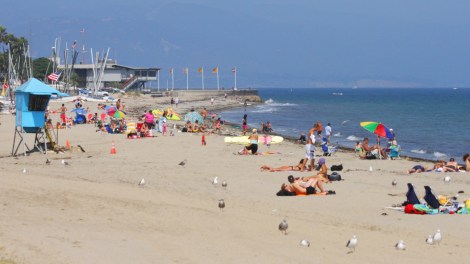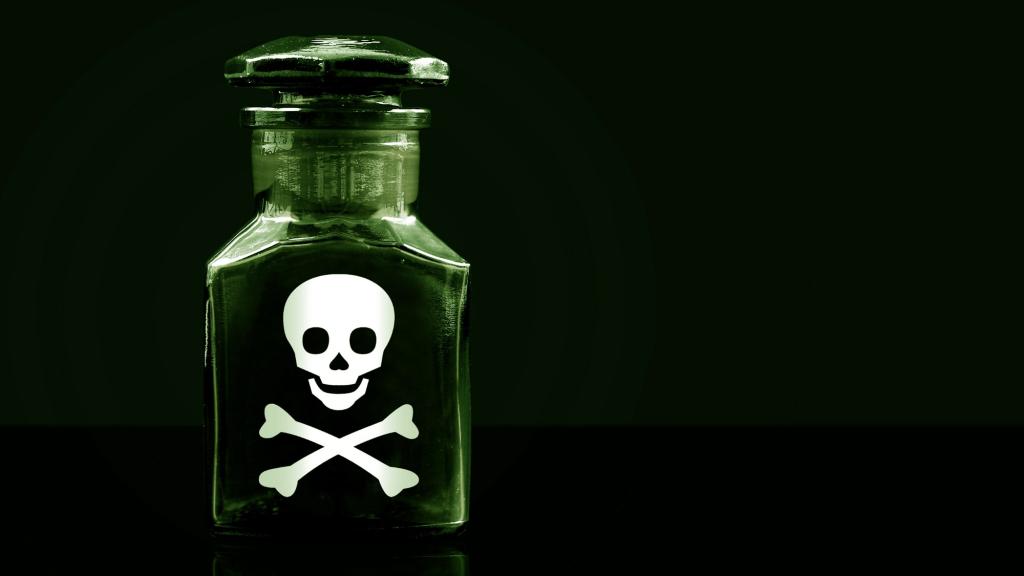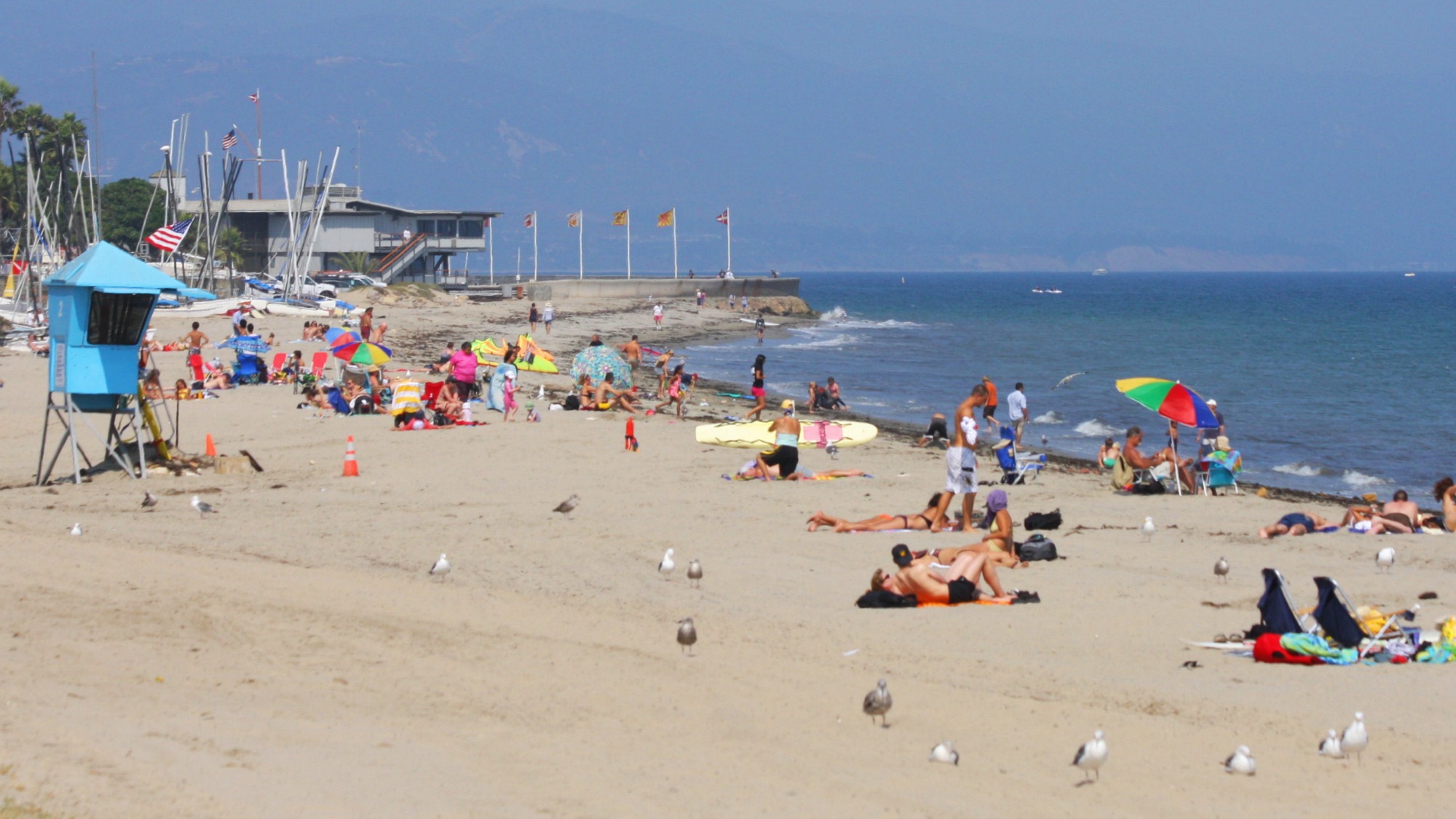
Chuck RogersFracking chemicals are out there.
Companies that frack the seafloor off the coast of Southern California have some new federal rules to worry about. Unfortunately, the new rules will still allow their fracking fluids to be unleashed into the sea — including chemicals that are known to stunt human development and hurt wildlife. The companies will just have to tell the government what they’re unleashing.
Under new rules that will take effect March 1, the companies must report the “chemical formulation, concentrations and discharge volumes” to the EPA of any “chemicals used to formulate well treatment, completion and workover fluids” that end up in the ocean.
So, hey, at least we’ll know more about fracking pollution. (Assuming, that is, that the frackers are honest.)
The move comes after a series of stories by The Associated Press last year revealed at least a dozen offshore frack jobs in the Santa Barbara Channel, and more than 200 in nearshore waters overseen by the state of California. …
The new EPA rule applies only to new drilling jobs on nearly two dozen grandfathered-in platforms in federal waters off the Santa Barbara coast, site of a 1969 oil platform blowout that spilled more than 3 million gallons of crude oil, ruined miles of beaches and killed thousands of birds and other wildlife.
Environmentalists want the government to ban offshore fracking altogether.
“Requiring oil companies to report the toxic fracking chemicals they’re dumping into California’s fragile ocean ecosystem is a good step, but the federal government must go further and halt this incredibly dangerous practice,” said Miyoko Sakashita, oceans director at the Center for Biological Diversity. The nonprofit last year analyzed some of the chemicals used in a dozen oceanic frack jobs:
[T]he Center found that at least one-third of chemicals used in these fracking operations are suspected ecological hazards. More than a third of these chemicals are suspected of affecting the human developmental and nervous systems.
The chemical X-Cide, used in all 12 offshore frack jobs examined by the Center, is classified as a hazardous substance by the federal agency that manages cleanup at Superfund sites. X-Cide is also listed as hazardous to fish and wildlife.
“Banning fracking in California’s coastal waters is the best way to protect the whales and other wildlife, as well as surfers and coastal communities,” Sakashita said. “It’s outrageous that the EPA plans to continue allowing fracking pollution to endanger our ocean.”



